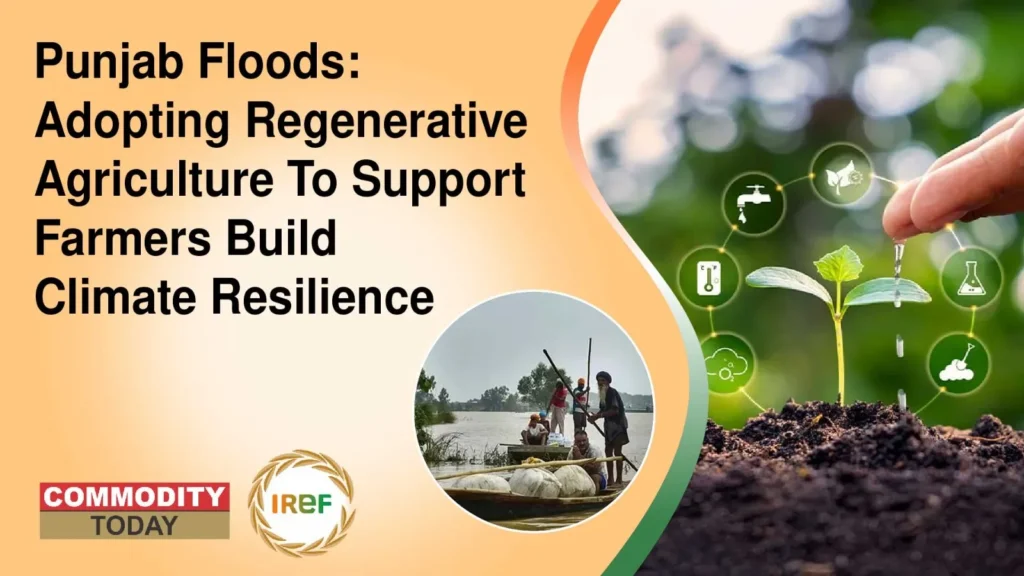The disastrous Punjab floods are serving as a wake-up call, highlighting how climate change is threatening India’s food security and the livelihoods of the farmers of the state. Due to this natural calamity, the state is now facing severe environmental stress, such as falling groundwater levels, soil degradation, stubble burning, and rising farmer debt. Here, regenerative agriculture emerges as a solution to these difficulties.
What is regenerative agriculture?
Regenerative agriculture is a holistic approach that restores soil health, conserves water, and reduces dependence on chemical inputs. These practices rebuild natural ecosystems and make farms more resilient to natural disasters such as floods, droughts, and market shocks.
How does regenerative agriculture help in addressing challenges of Punjab Floods?
The state could face a water emergency due to the unregulated and excessive utilization of water resources. After the Punjab Floods, most districts in the state are now classified as overexploited, and predictions state that groundwater resources in Punjab could be exhausted in the next 14 years. In this case, the target of saving 20 BCM annually would balance out the water availability or demand for all the sectors and help in restoring the depleted groundwater aquifers or reserves.
Stubble burning releases massive amounts of carbon dioxide, carbon monoxide, sulphur dioxide, particulate matter, and ash. Burning one ton of paddy straw alone emits roughly 1.5 tonnes of CO₂ and depletes soil nutrients like nitrogen and phosphorus. The problem can be resolved through better residue management, and regenerative techniques are significant for the environment and for human health. Unfortunately, the state uses more chemical fertilisers than any other state, 247.6 kg per hectare against the national average of 139.8 kg/ha, leading to general toxicity of the upper crust of soil and harming the microflora and fauna essential for soil health.
Punjab, the breadbasket of India, can rebuild its natural resources and secure a sustainable agricultural future by shifting to crop diversification, implementing better water management, and reducing harmful practices such as stubble burning.



